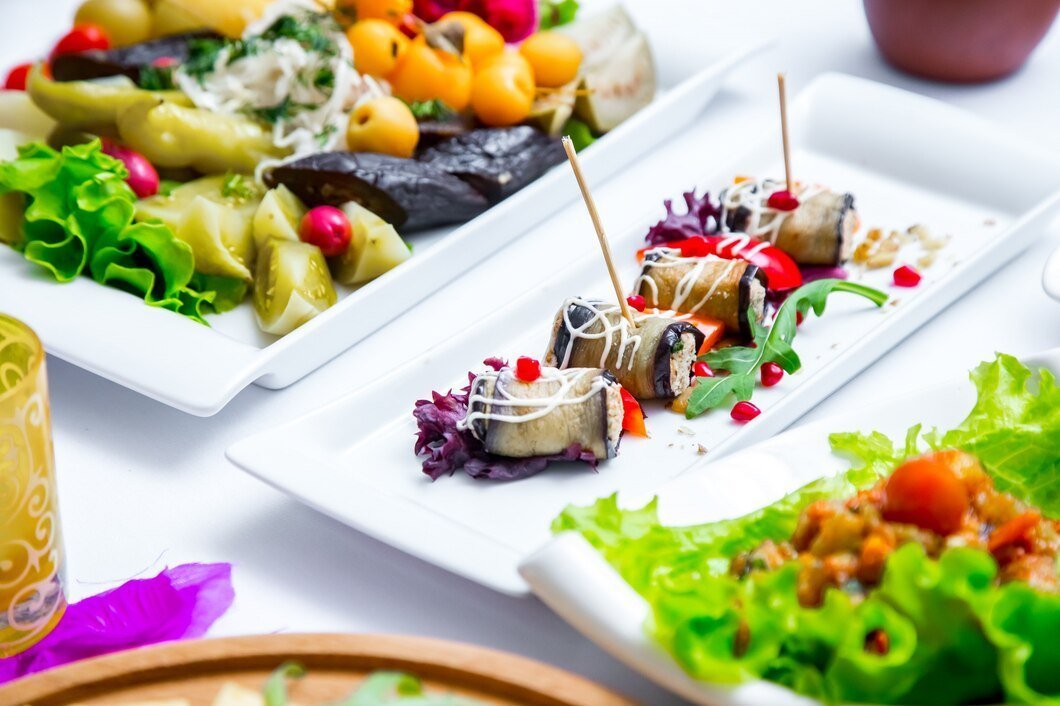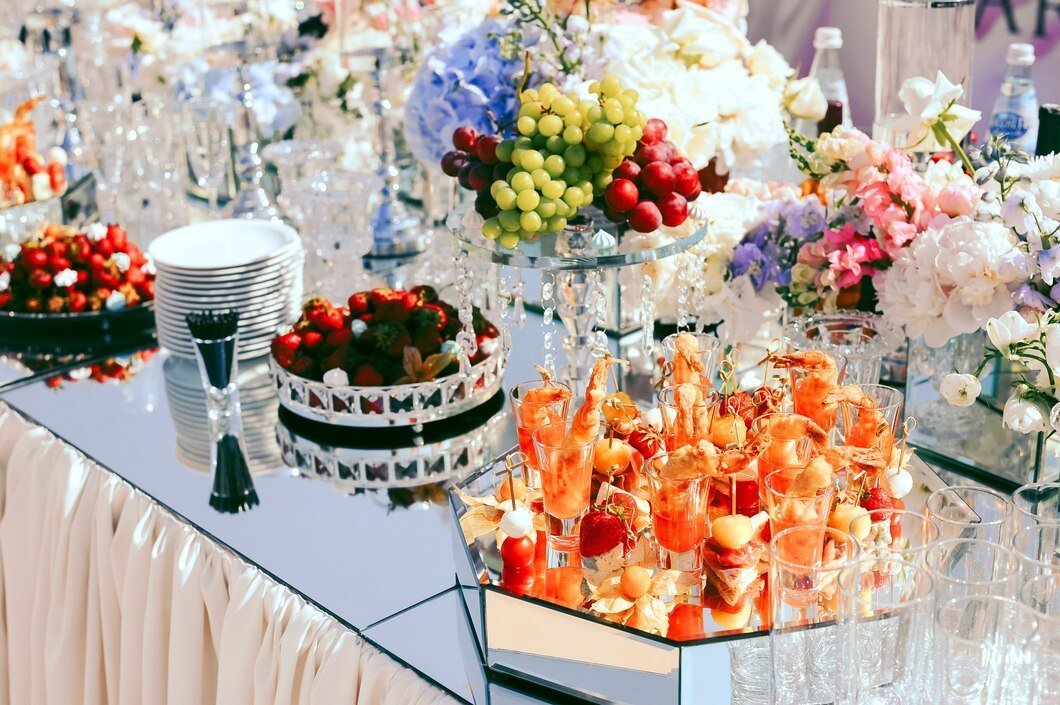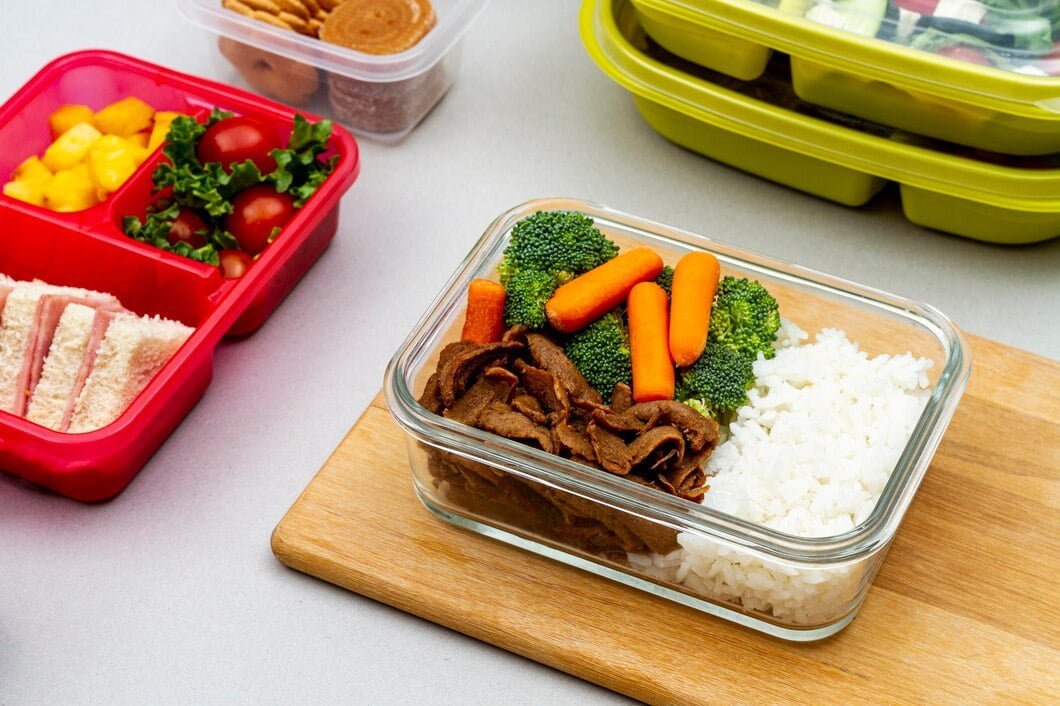Master The Art Of Bartending: How To Count Shots Like A Pro
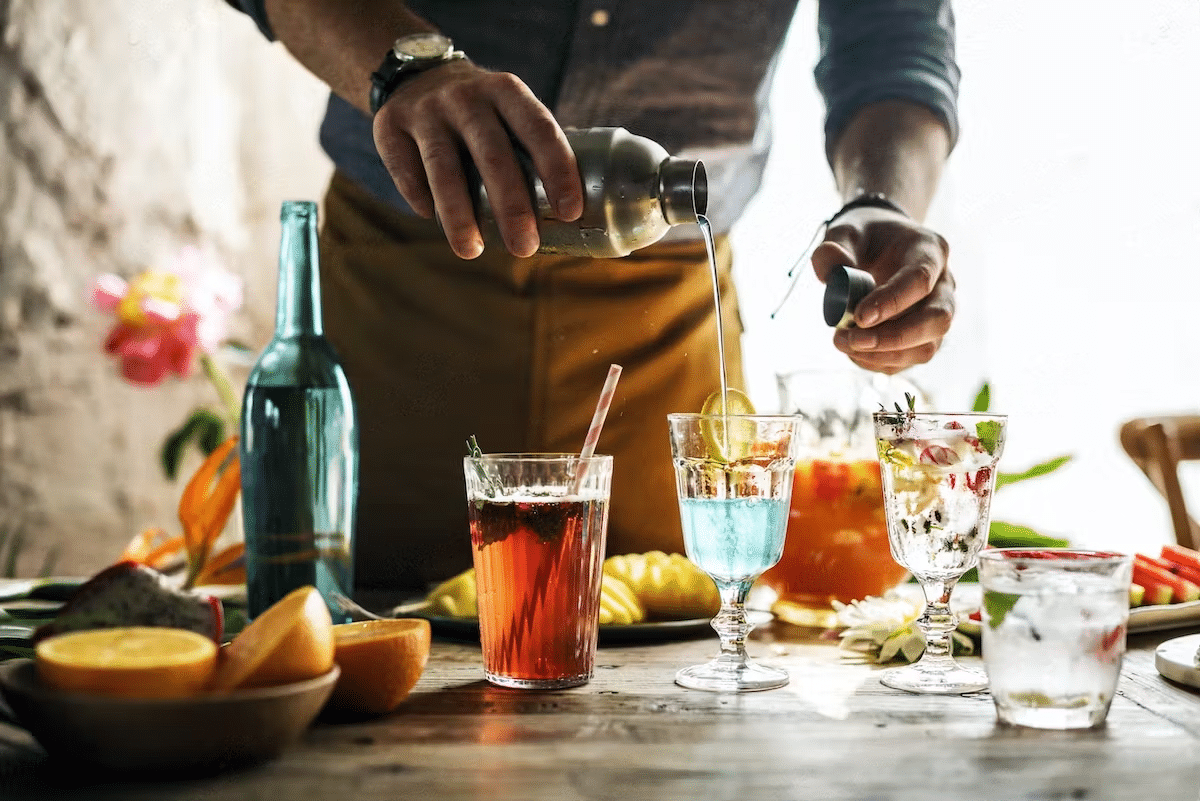
Bartending can be an exciting and rewarding career, but it requires a lot of skill and knowledge. One of the most important skills that every bartender should have is the ability to count shots accurately.
Whether making a classic cocktail or serving up shots at a busy nightclub, counting shots quickly and accurately is essential. This blog walks you through the basics of shot counting and provides tips and tricks for mastering this important skill.
What Are Shots?
Bartending shots refer to the amount of alcohol served in a single shot glass, typically containing 1.5 ounces of liquid. For consistency and to prevent overpouring, bartenders use shot measurements.
Shots are often used to create mixed drinks, such as cocktails or shooters, and the number of shots used in a recipe can vary depending on the specific drink. Bartenders must be skilled in measuring shots accurately and efficiently, as it is a crucial aspect of the job that directly impacts the taste and strength of the drinks they serve.
Understanding The Basics Of Measuring Shots
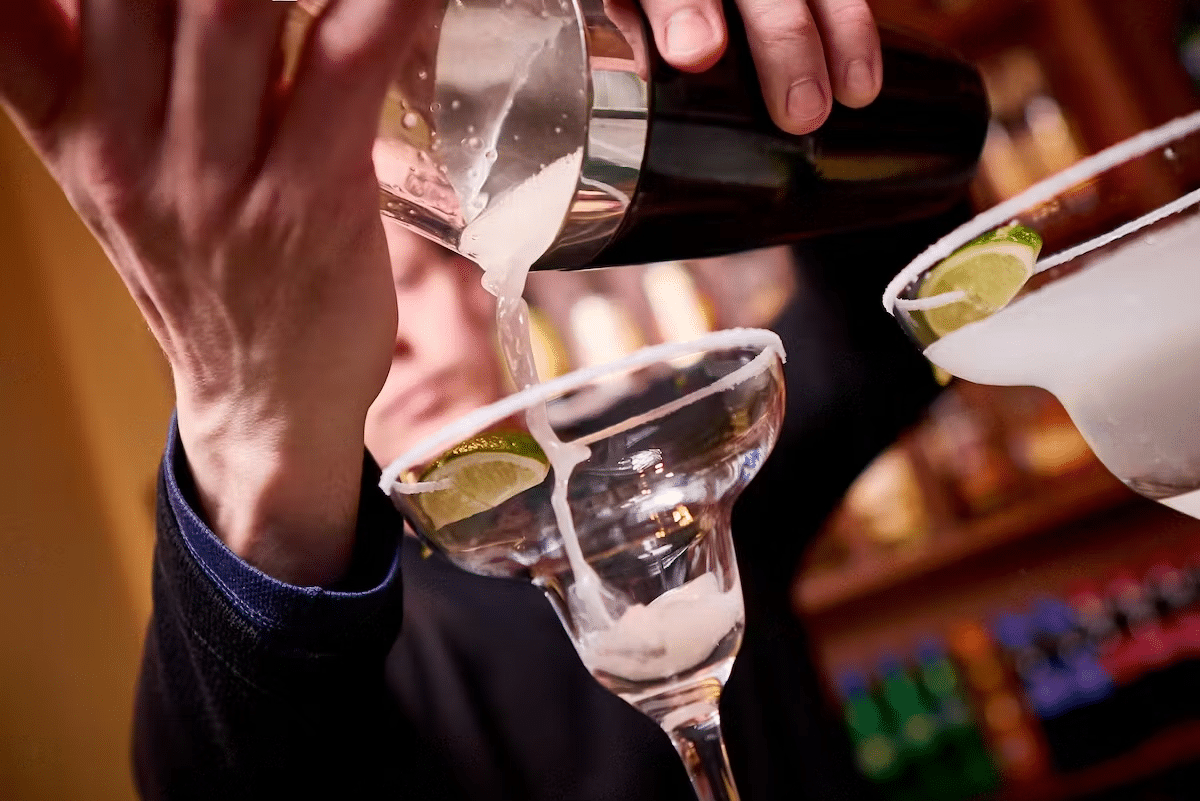
Understanding the basics of measuring shots is crucial for bartenders to ensure the accuracy and consistency of their drinks. Serving the wrong amount of alcohol can lead to overpouring, affecting the drink’s taste and having legal and financial consequences.
By mastering the art of counting shots, bartenders can improve their speed, efficiency, and customer satisfaction. Consistent measurements also ensure that each drink has the same amount of alcohol, resulting in a balanced and well-crafted cocktail.
How To Count Shots Bartending
To count shots in bartending, you can use various techniques such as jigger, the free-pour, or counting with your fingers. The jigger method involves using a shot glass or a jigger to measure the exact amount of liquor. The free-pour method involves pouring the liquor directly from the bottle into the glass while keeping an eye on the pour spout.
Counting with your fingers involves visualising the size of the shot and counting the number of pours. Regardless of the technique, accuracy and consistency are key in ensuring the customers receive desired enough alcohol in their drink.
Techniques For Counting Shots
There are different techniques for counting shots in bartending. Here are some common ones:
- Free Pouring: This technique involves pouring the liquor directly from the bottle into the glass without a measuring tool.
- Jigger: A jigger is a measuring tool used to measure the amount of liquor needed for a drink. There are different sizes of jiggers, including 1 oz/2 oz, 1.5 oz/0.75 oz, and 0.5 oz/0.25 oz.
- Counting: Counting is a technique used to measure shots without a measuring tool. It involves counting the time it takes to pour a shot. For instance, a 1-ounce shot should take about 1-2 seconds to pour, while a 1.5-ounce shot should take 2-3 seconds.
- Spout Pouring: This technique involves using a pour spout to control the amount of liquor poured into the glass.
- Weighing: This technique involves weighing the amount of liquor using a digital scale. It is not commonly used in bars as it is time-consuming.
Advanced Tips For Counting Shots
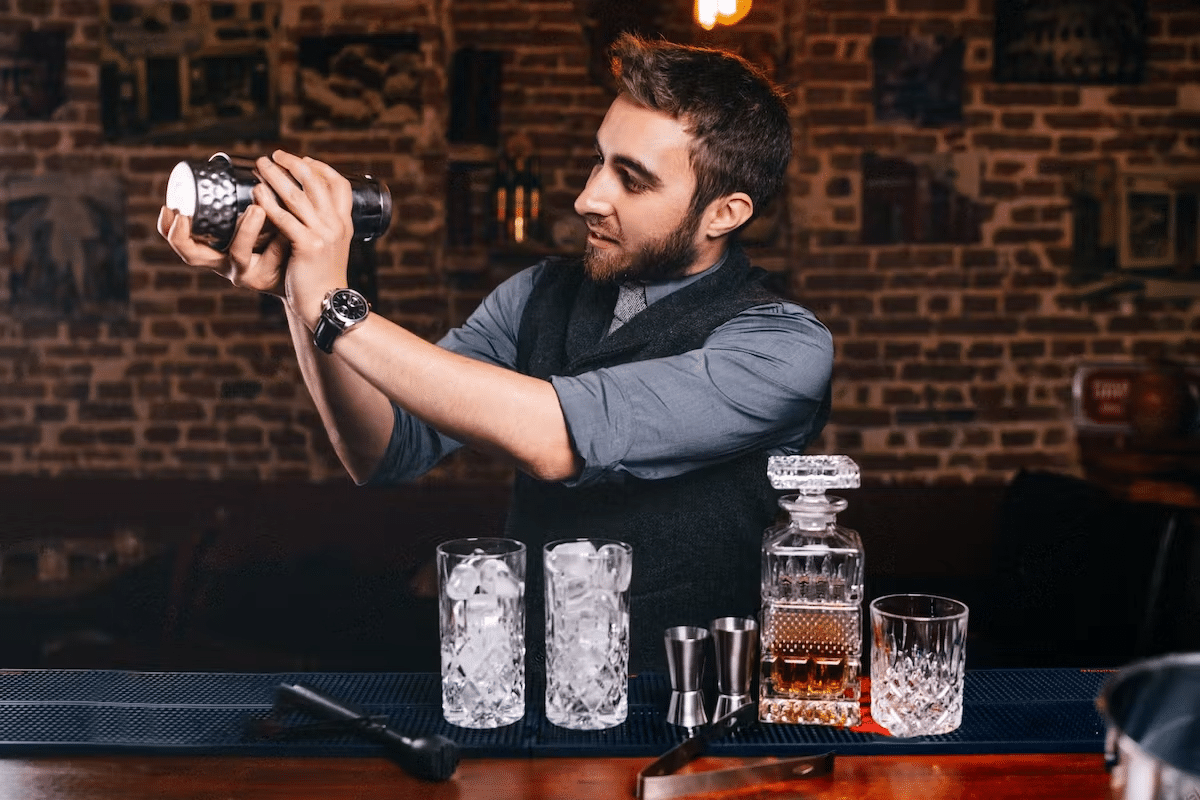
Here are some advanced tips for counting shots in bartending:
- Use a jigger: A jigger is a small, hourglass-shaped measuring tool that helps bartenders pour a precise amount of liquid into a drink. This is especially useful for measuring shots accurately.
- Keep count in your head: While using a jigger, count the number of shots in your head as you pour them into the drink.
- Use your fingers: Some bartenders find it helpful to use their fingers to keep track of the number of shots they pour. For example, they might use their thumb to count the first shot, their index finger for the second, etc.
- Practice, practice, practice: The more you practice counting shots, the easier it will become. Try to pour shots quickly and accurately, and always double-check your count before adding the liquid to the drink.
- Ask for help: If you’re unsure how to count shots or have trouble getting the count right, don’t be afraid to ask a more experienced bartender for help or advice.
Practice Exercises For Improving Shot Counting Skill
Practice exercises can be very beneficial for improving shot counting skills as a bartender. Here are some exercises that can be useful:
- Pouring practice: Practice pouring shots without measuring them and then measuring them to see how accurate you are.
- Blind tasting: Blind taste different spirits and try to identify them accurately by their taste and smell alone. This will help you to develop your palate and be able to recognise different spirits more easily.
- Speed drills: Set up a timer and try to pour a certain number of shots within a specific time frame. This will help you to develop speed and accuracy.
- Counting Games: Play counting games with fellow bartenders or friends, where you count shots or ingredients in cocktails. This will help improve your speed and accuracy, making it more fun and engaging.
- Practice at home: If you have a bar set up at home, practice pouring and counting shots as much as possible. This will give you more time to practice and improve your skills before you start bartending in a professional setting.
By incorporating these practice exercises into your routine, you can improve your shot-counting skills and become a more skilled and efficient bartender.
Conclusion
Mastering the art of shot counting is a crucial skill for any bartender. By understanding the basics, using the right techniques, avoiding common mistakes, and practising icing regularly, you can improve your bartending skills and provide your customers with the best possible service.
FAQs
What is the standard shot size in bartending?
Generally, the standard shot size for a single shot is 1.5 ounces (44 millilitres) of liquor.
Are there any tricks for counting shots more accurately?
Some bartenders find using a pour spout or speed pourer on their bottles helpful, which helps regulate the liquid flow and make counting shots easier. Additionally, practising and honing counting skills can improve accuracy over time.
How can counting shots affect a bartender's bottom line?
Accurately counting shots can help a bartender control costs by ensuring the correct amount of alcohol is used in each drink, reducing waste and overpouring. This can ultimately increase profitability for the establishment.
References and Citations:
https://en.wikibooks.org/wiki/Bartending



